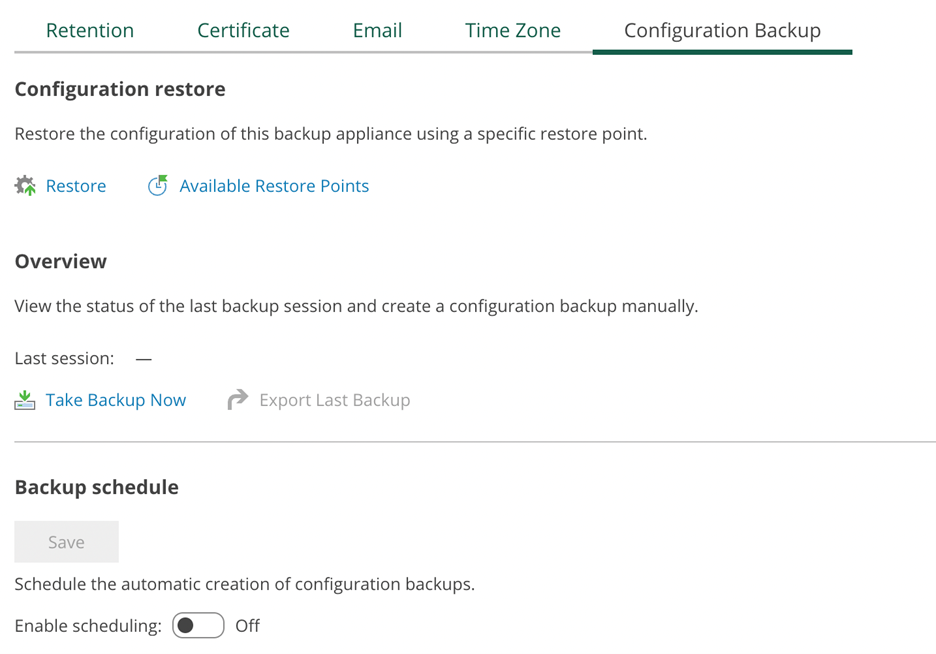Veeam has just released the third version of our Google-native backup and recovery solution — Veeam Backup for Google Cloud v3. This release has a significant number of enhancements to help customers properly protect more of their Google Cloud environments, while also bringing a host of other new features related to security, ease of use and hybrid-/multi-cloud environments. Let’s start with the newest service Veeam can natively protect.
Cloud MySQL
You can now fully automate and schedule backups and snapshots of Cloud MySQL on Google Cloud. Restores of the entire database are ridiculously fast and can overwrite at the existing location or as a new instance into a new region or account.
Protecting a Cloud MySQL instance is as simple as creating a new policy using the same wizard-driven approach you’re likely familiar with if you’re already using the product for Compute Engine instances. If you’re not, the learning curve is minimal — simply select policies, Cloud SQL and click add.
In the same way that we protect Compute Engine instances, you can protect databases either by picking the individual database or by using tags. Following that, simply select a target and appropriate schedule, look at your estimated costs and click finish.
Restores are performed in the same manner. Simply pick the restore point you want to use and run through the restore wizard, specifying which project and region you want to restore the database to.
Role-Based Access Control
To enhance security, access to the web UI and portal is now configurable using Role-Based Access Control (RBAC). RBAC provides the capabilities to operations teams to limit the usage of the Veeam Backup for Google Cloud portal to specific tasks. There are three roles that can be used to provide access to the portal:
- Portal Administrator: Full access
- Portal Operator: Access to backup and recovery operations
- Restore Operator: Access to recovery operations only
By restricting access, users now have the ability to limit the access and ensure compliance within the operations procedures is adhered too. These accounts are created in the configuration area of Veeam Backup for Google Cloud and added under portal users. When creating a portal user, you simply select a local Veeam Backup for Google Cloud account.
Configuration backup and recovery
As the use of Veeam Backup for Google Cloud scales, making sure that the configuration of the appliance itself is protected and recoverable is also critical. With V3, you can back up all the configuration settings — including items like polices — and recover them in the event of accidental deletion, disaster, migration and more.
Let’s take a look at this in the UI.
By selecting configuration backup from the settings, you can set up a schedule so that regular backups are taken and restores from either the latest or past restore points. Choosing to restore opens the configuration restore wizard which allows you to also import previous backups from other environments.
New dashboard
Veeam Backup for Google Cloud has a completely redesigned dashboard to help users understand the environment that they are protecting.
With the new dashboard, you can see how the environment is operating. Giving granular information on the number of snapshots created, how much storage is being used and how many protected workloads there are. This is a great insight into understanding what is being protected and what, if any, errors there may be.
Summary
This new release is bringing more enterprise grade capabilities to customers who need Modern Data Protection for workloads in the cloud. Veeam Backup for Google Cloud a powerful choice for any enterprise or developer using Google Cloud. For existing Veeam users who are finding themselves living in a hybrid or multi-cloud environment, these same capabilities are available in Veeam Backup & Replication.
Get it free forever for up to 10 instances through the Google Cloud Marketplace here.






